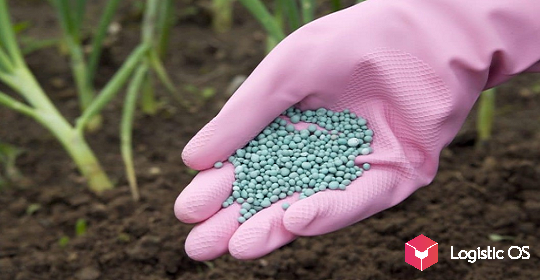Last year was a record year for many crops, such as wheat. However, high export duties do not allow to receive a high income from their sale.
In this situation, farmers began to look for alternatives.
In particular, we are talking about focusing on the cultivation of other crops that were not previously popular (the so-called niche crops).
Their main advantage lies precisely in the fact that at the moment they are not “regulated” by the state, and therefore they can be sold without any duties, and income is not limited in any way.
What crops are trending today?
First of all, these are legumes.
Their collection for 2022 amounted to 4.6 million tons against 3.2 million tons a year earlier. By the way, this is a record since 1990: then the figure was 4.92 million tons.
Including peas, 3.6 million tons were harvested instead of 3.2 million tons.
Chickpea — 470 thousand tons instead of 312 thousand.
Oilseed flax also shows very good results: the harvest increased from 1.2 million tons to 1.7 million tons, and the area under it expanded from 1.5 million hectares to 2.1 million hectares.
As noted by Dmitry Rylko, Director General of the Institute for Agricultural Market Studies, so far the increase in the area under these crops in absolute terms is insignificant, but, nevertheless, we can already say that the trend is gaining momentum.
For the 2021-22 season such crops were planted much more than in the previous season. And for sure now we will see a continuation of the emerging trend.
Will niche cultures continue to gain popularity?
The most important thing here is not to “go beyond” by increasing their production, otherwise a niche culture can turn into a “main” one, and the state will pay attention to it.
After all, earlier, as Alexander Korbut, vice-president of the Russian Grain Union, notes, both soybeans and rapeseed were also niche crops, but now they have long been included in the list of the main ones.
At the same time, today Russian farmers often increase the production of those crops that are in very little demand on the domestic Russian market — for example, lentils, mustard, alfalfa, safflower.
Therefore, it is still unlikely that the state will take care of the «food security of Russia» in terms of, for example, lentils, and make it difficult to export it from the country.
At the same time, in many other countries such crops are in demand.
For example, China is very willing to buy alfalfa hay, which opens up a good opportunity for Russian producers to earn hundreds of millions of dollars from this.
Therefore, until the situation with export duties on major crops changes, it is very likely that producers will continue to rely on niche crops.

